Rethinking Family-Centred Design Approach Towards Creating Digital Products and Services
Abstract
1. Introduction
1.1. EkoSmart: Active Life and Well-Being Project
1.2. MyFamily Prototype
1.3. Family-Centred Design
- Analysis of common modes of communication,
- Assessment of access to technology among group members,
- Shared purpose in everyday tasks, and
- Concern that the processes in the group should be inclusive as much as possible in order to create a better experience for all.
2. Method
2.1. Methodology
2.2. Participants
2.3. Procedure
- Familiarising yourself with your data and transcription of verbal data.
- Generating initial codes and grouping them into topics.
- Searching for themes.
- Reviewing themes.
- Defining and naming themes.
- Producing a report.
2.4. Instruments
2.4.1. User Testing
System Usability Scale
User Experience Questionnaire
NASA-Task Load Index
2.4.2. User Interviews
3. Results
3.1. User Testing
3.1.1. System Usability Scale
3.1.2. User Experience Questionnaire
3.1.3. NASA-Task Load Index
3.2. User Interviews
3.2.1. Confirmation of Functionalities
3.2.2. Problems and Criticism of Functionalities
3.2.3. Suggestions for Improvement
4. Discussion
4.1. Implications of Results
4.2. Proposal for Further Development of a Family-Centred Design Approach
4.3. Limitations and Future Research
Author Contributions
Funding
Acknowledgments
Conflicts of Interest
Appendix A
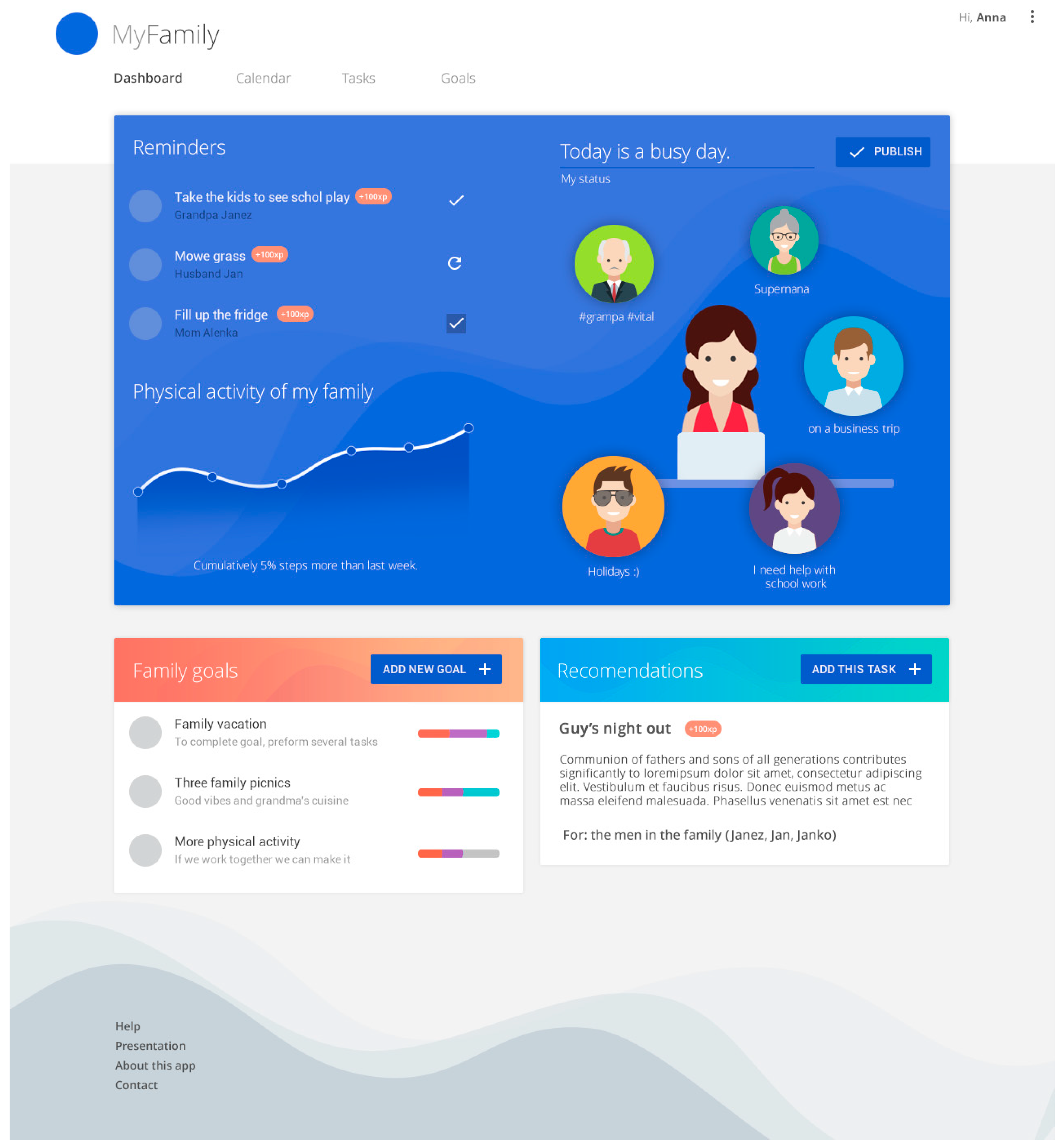
| Task No. | Tasks | Task Completion Time Average (n = 12, mm:ss) |
|---|---|---|
| 1. | Register as a new user. | 01:28 |
| 2. | Sign into the application. | 00:08 |
| 3. | Go to existing task “run on the hill”, which is located in category “Active life” and under the goal “Physical activity”. | 00:51 |
| 4. | In calendar, find a task that is active between 13 and 16 May. | 00:27 |
| 5. | Create goal “Visit grandma” under common goals. | 00:31 |
| 6. | Invite a family member into this application. | 00:45 |
| 7. | In your personal setting, change your family role to son or daughter. | 00:32 |
| 8. | Create a new goal “Cycling” with description “Into the unknown”, and set 1000 points reward to it. | 00:30 |
| 9. | Create a new task titled “Check cycling gear”, assign it under the “Cycling” goal and set 100 points reward. | 02:01 |
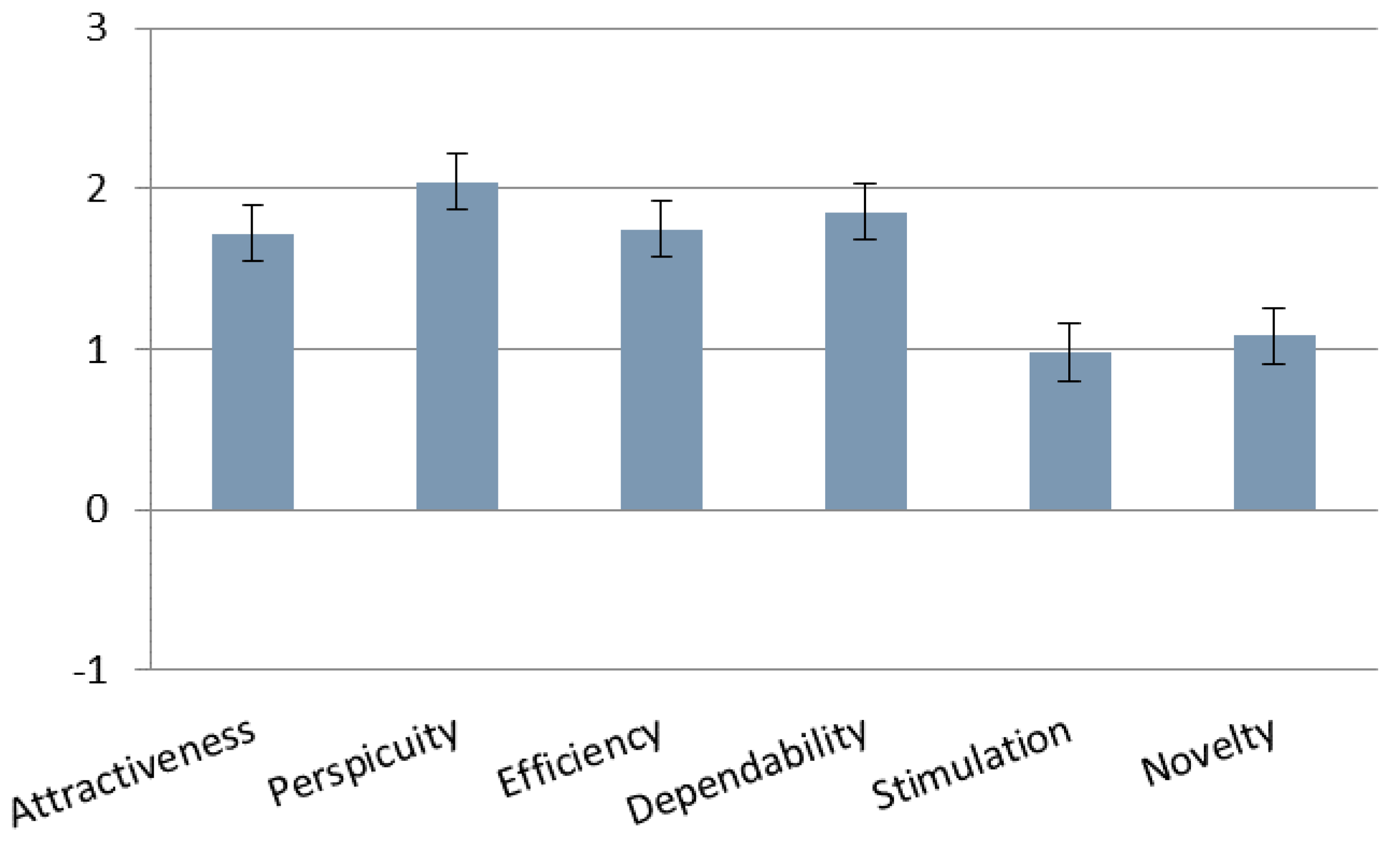
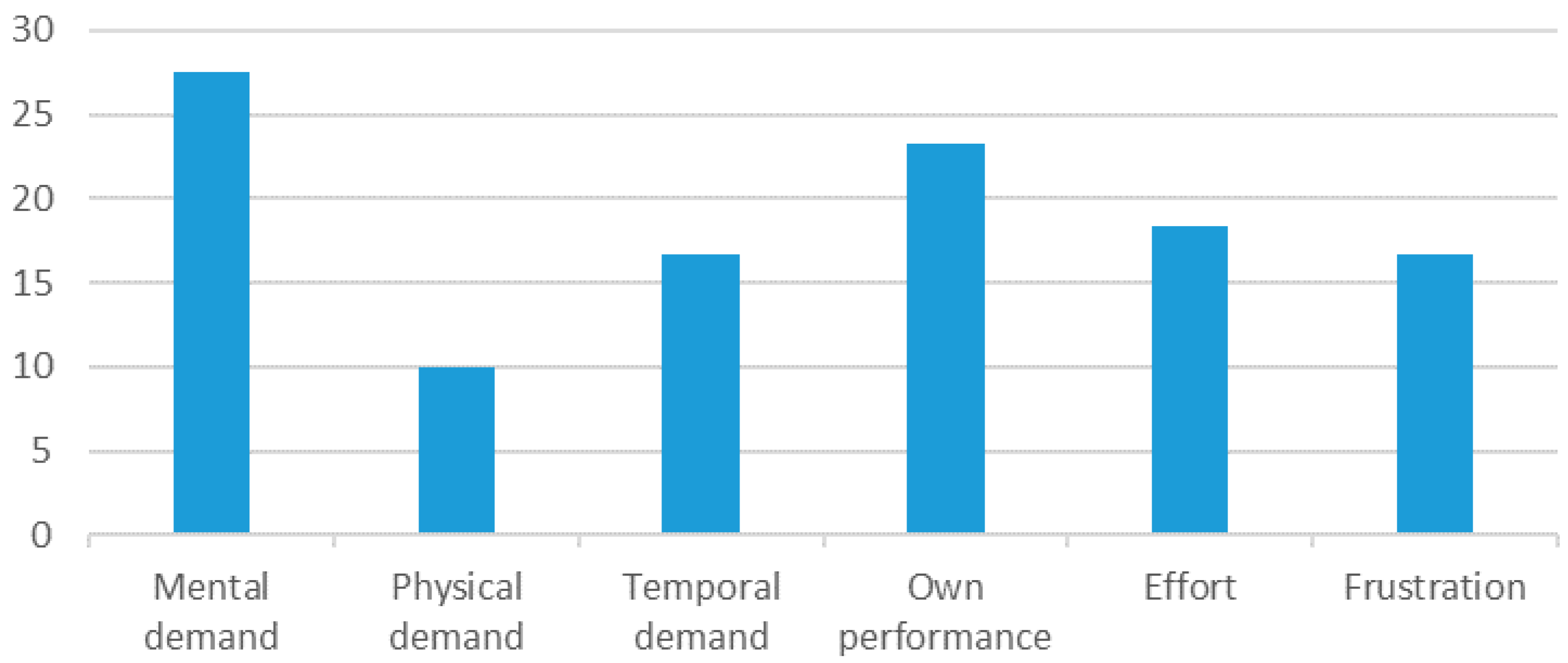
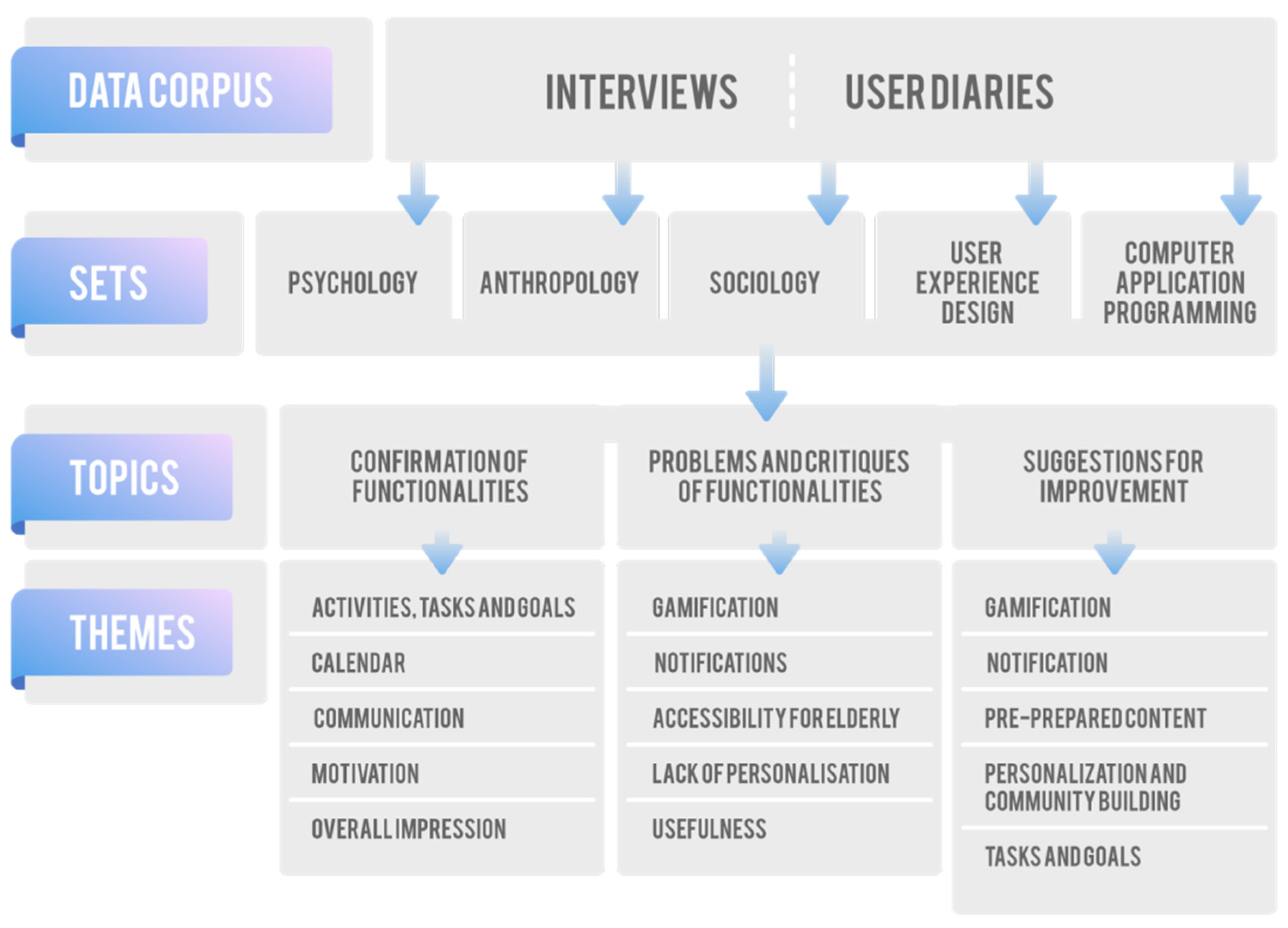
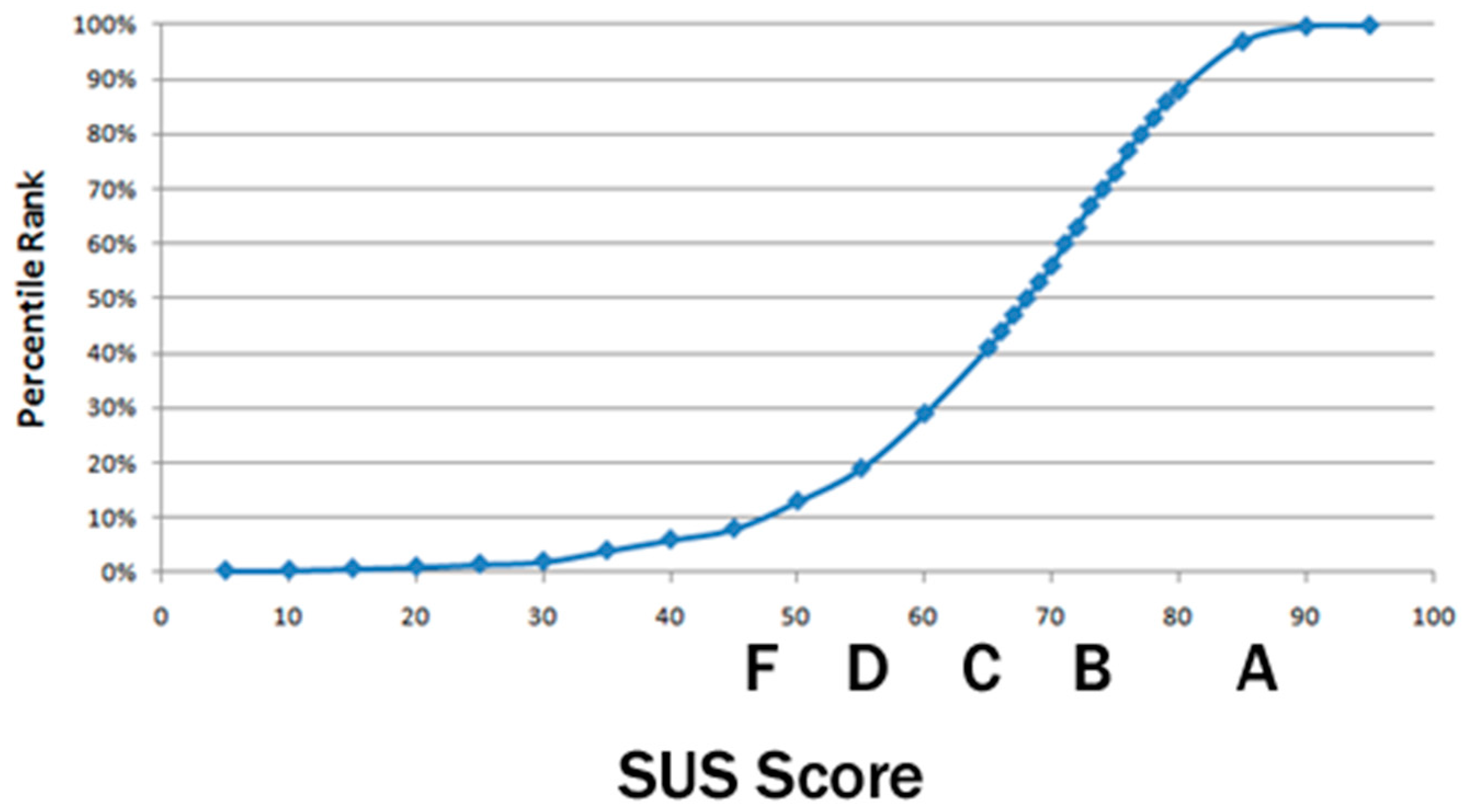
References
- Zimmermann, A.; Jugel, D.; Sandkuhl, K.; Schmidt, R.; Schweda, C.; Möhring, M. Architectural Decision Management for Digital Transformation of Products and Services. Complex Syst. Inform. Modeling Q. 2016, 31–53. [Google Scholar] [CrossRef]
- EkoSmart Programme. Available online: http://ekosmart.net/en/ (accessed on 10 January 2019).
- Trilar, J.; Kos, A.; Jazbinšek, S.; Jensterle, L.; Duh, E.S. ICT to Promote Well-Being within Families. Sensors 2018, 18, 2760. [Google Scholar] [CrossRef]
- Tobi, H.; Kampen, J.K. Research design: The methodology for interdisciplinary research framework. Qual. Quant. 2017, 52, 1209–1225. [Google Scholar] [CrossRef]
- Fischer, A.R.H.; Tobi, H.; Ronteltap, A. When Natural met Social: A Review of Collaboration between the Natural and Social Sciences. Interdiscip. Sci. Rev. 2011, 36, 341–358. [Google Scholar] [CrossRef]
- Denzin, N.K.; Lincoln, Y.S. Strategies of Qualitative Inquiry; Sage Publications: Los Angeles, CA, USA, 2008. [Google Scholar]
- Hussein, A. The use of Triangulation in Social Sciences Research. J. Comp. Soc. Work 2009, 4, 106–117. [Google Scholar] [CrossRef]
- Denzin, N.K. The Research Act: A Theoretical Introduction to Sociological Methods; Routledge: Abingdon, UK, 2017. [Google Scholar]
- Hopper, T.; Hoque, Z. Triangulation Approaches to Accounting Research. In Methodological Issues in Accounting Research; Hoque, Z., Ed.; Spiramus Press Limited: London, UK, 2006; pp. 477–486. [Google Scholar]
- Braun, V.; Clarke, V. Using thematic analysis in psychology. Qual. Res. Psychol. 2006, 3, 77–101. [Google Scholar] [CrossRef]
- Smahelova, M.; Juhová, D.; Cermak, I.; Smahel, D. Mediation of young children’s digital technology use: The parents’ perspective. Cyberpsychol. J. Psychosoc. Res. Cyberspace 2017, 11. [Google Scholar] [CrossRef]
- Brooke, J. A Quick and Dirty Usability Scale. 1995. Available online: https://hell.meiert.org/core/pdf/sus.pdf (accessed on 8 October 2018).
- Laugwitz, B.; Held, T.; Schrepp, M. Construction and Evaluation of a User Experience Questionnaire. In Lecture Notes in Computer Science HCI and Usability for Education and Work; Springer: Berlin/Heidelberg, Germany, 2008; pp. 63–76. [Google Scholar]
- Human Performance Research Group NASA (1986)—Nasa Task Load Index (TLX) v. 1.0 (Measurement Instrument). Available online: http://humansystems.arc.nasa.gov/groups/TLX/downloads/TLX.pdf (accessed on 15 October 2018).
- Sauro, J. Measuring Usability with the System Usability Scale (SUS)—(2 May 2016). Available online: https://www.userfocus.co.uk/articles/measuring-usability-with-the-SUS.html (accessed on 6 October 2018).
- Schrepp, M. User Experience Questionnaire Handbook (Measurement instrument). 2018. Available online: https://www.ueq-online.org/Material/Handbook.pdf (accessed on 29 September 2018).
- Bangor, A.; Kortum, P.T.; Miller, J.T. An Empirical Evaluation of the System Usability Scale. Int. J. Hum. Comput. Interact. 2008, 24, 574–594. [Google Scholar] [CrossRef]
- Sauro, J. SUStisfied? Little-Known System Usability Scale Facts. User Exp. Mag. 2011, 10, 2011–2013. [Google Scholar]
- Cotten, S.R.; Anderson, W.A.; Mccullough, B.M. Impact of Internet Use on Loneliness and Contact with Others among Older Adults: Cross-Sectional Analysis. J. Med. Internet Res. 2013, 15, e39. [Google Scholar] [CrossRef] [PubMed]
- Sum, S.; Mathews, M.; Pourghasem, M. Study of the associations between Internet use, loneliness and well-being among older adults. Gerontechnology 2010, 9, 253. [Google Scholar] [CrossRef]
- Şar, A.H.; Göktürk, G.Y.; Tura, G.; Kazaz, N. Is the Internet Use an Effective Method to Cope with Elderly Loneliness and Decrease Loneliness Symptom? Procedia Soc. Behav. Sci. 2012, 55, 1053–1059. [Google Scholar] [CrossRef]
- Baltes, P.B. Theoretical propositions of life-span developmental psychology: On the dynamics between growth and decline. Dev. Psychol. 1987, 23, 611–626. [Google Scholar] [CrossRef]
- Baltes, P.B.; Reese, H.W.; Lipsitt, L.P. Life-Span Developmental Psychology. Annu. Rev. Psychol. 1980, 31, 65–110. [Google Scholar] [CrossRef]
- McCormick, C.M.; Kuo, S.I.; Masten, A.S. Developmental Tasks Across the Life Span. In Handbook of Life-Span Development; Fingerman, K.L., Berg, C.A., Smith, J., Antonucci, T.C., Eds.; Springer Publishing Company: New York, NY, USA, 2010; pp. 117–140. [Google Scholar]
- Havighurst, R.J. Developmental Tasks and Education; McKay: New York, NY, USA, 1972. [Google Scholar]
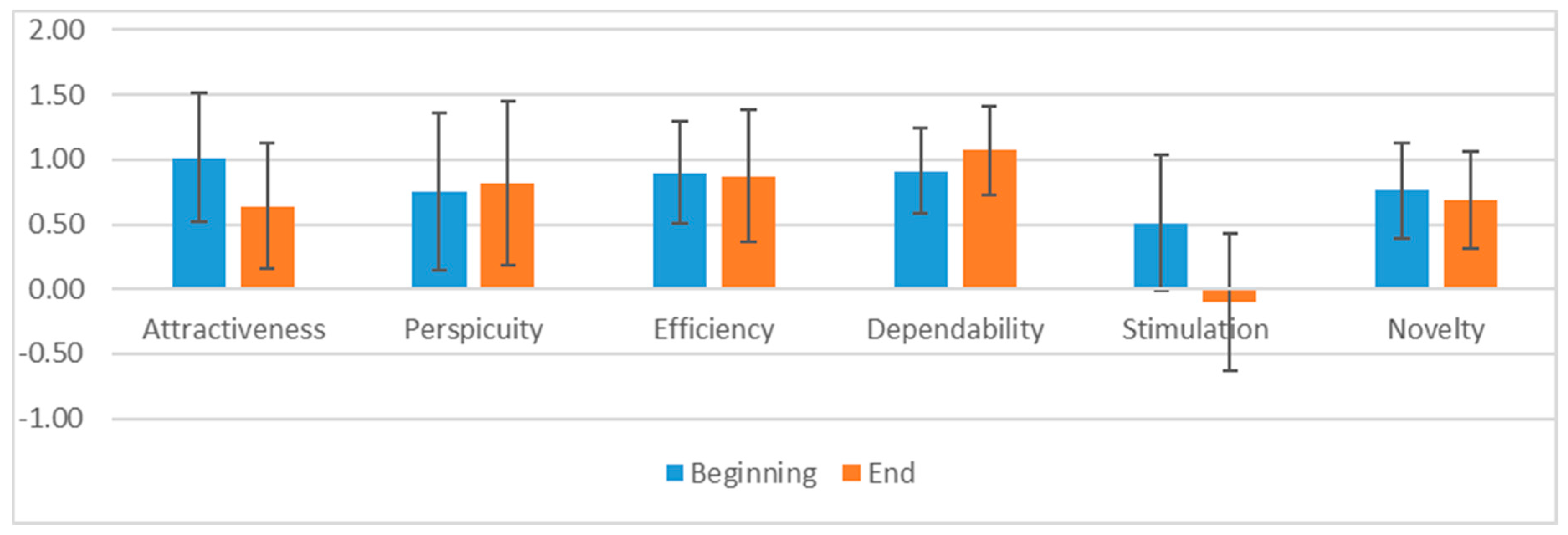
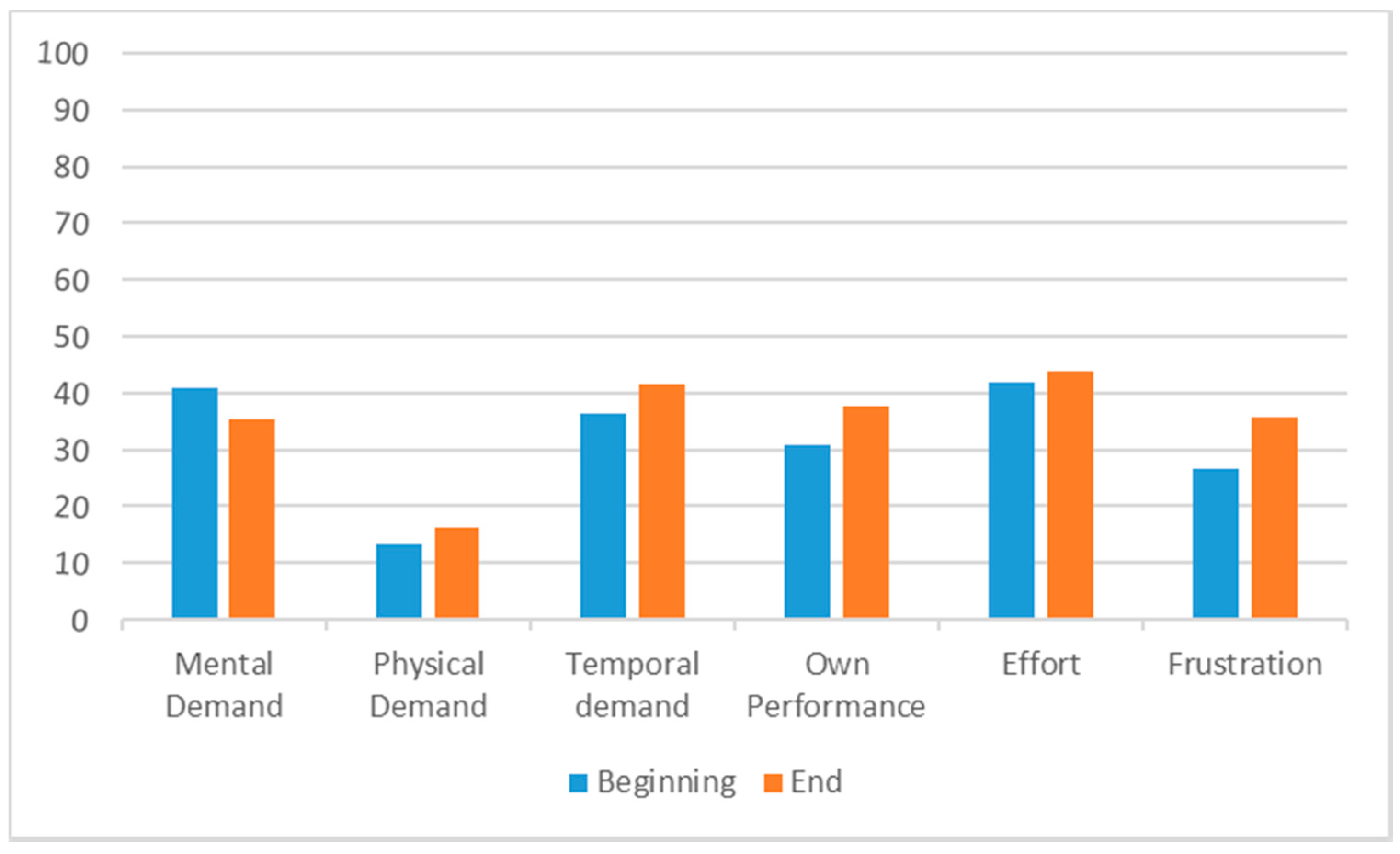
| Beginning Mean | Beginning Std. Dev. | End Mean | End Std. Dev. | |
|---|---|---|---|---|
| Youth (<18) | 65.30 | 15.30 | 80.60 | 14.30 |
| Adults | 63.50 | 25.30 | 65.20 | 20.10 |
| Elderly (>65) | 60.80 | 1.4 | 55.80 | 12.60 |
© 2019 by the authors. Licensee MDPI, Basel, Switzerland. This article is an open access article distributed under the terms and conditions of the Creative Commons Attribution (CC BY) license (http://creativecommons.org/licenses/by/4.0/).
Share and Cite
Trilar, J.; Zavratnik, V.; Čermelj, V.; Hrast, B.; Kos, A.; Stojmenova Duh, E. Rethinking Family-Centred Design Approach Towards Creating Digital Products and Services. Sensors 2019, 19, 1232. https://doi.org/10.3390/s19051232
Trilar J, Zavratnik V, Čermelj V, Hrast B, Kos A, Stojmenova Duh E. Rethinking Family-Centred Design Approach Towards Creating Digital Products and Services. Sensors. 2019; 19(5):1232. https://doi.org/10.3390/s19051232
Chicago/Turabian StyleTrilar, Jure, Veronika Zavratnik, Vid Čermelj, Barbara Hrast, Andrej Kos, and Emilija Stojmenova Duh. 2019. "Rethinking Family-Centred Design Approach Towards Creating Digital Products and Services" Sensors 19, no. 5: 1232. https://doi.org/10.3390/s19051232
APA StyleTrilar, J., Zavratnik, V., Čermelj, V., Hrast, B., Kos, A., & Stojmenova Duh, E. (2019). Rethinking Family-Centred Design Approach Towards Creating Digital Products and Services. Sensors, 19(5), 1232. https://doi.org/10.3390/s19051232





